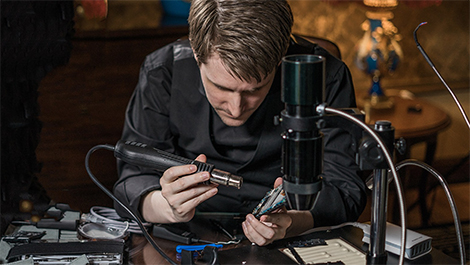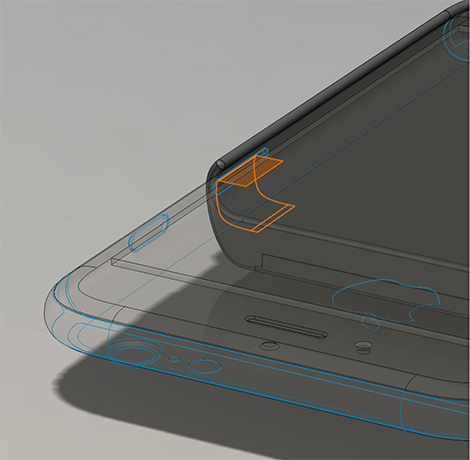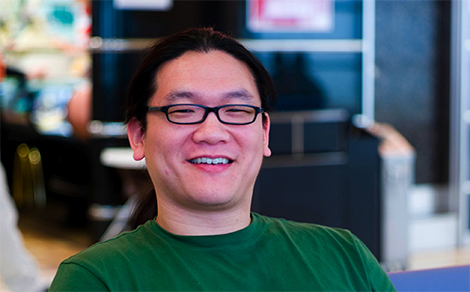
While we all know the name Edward Snowden as a US whistleblower who disclosed some shady surveillance practises, the former CIA man is also knows his way around tech, and has turned to designing a iPhone add-on that stop journalists from being tracked by the phone’s GPS transmitter.
Partnering with the brilliant hardware hacker and blogger Andrew ‘bunnie’ Huang, the pair were dismayed by how ‘journalists can be betrayed by their own tools’.
“Their smartphones are also the perfect tracking device. Because of the precedent set by the US’s “third-party doctrine,” which holds that metadata on such signals enjoys no meaningful legal protection, governments and powerful political institutions are gaining access to comprehensive records of phone emissions unwittingly broadcast by device owners.”

The smartphone cover, which fits like an external battery pack, aims to give journalists the ability to know when their smart phones are tracking or disclosing their location via direct introspection of signals controlling the phone’s radio hardware.
The introspection engine will be an open source, user-inspectable and field-verifiable module attached to an existing smart phone that makes no assumptions about the trustability of the phone’s operating system.
“Turning off radios by entering airplane mode is no defense; for example, on iPhones since iOS 8.2, GPS is active in airplane mode,” explains the pair’s statement online. “Furthermore, airplane mode is a “soft switch”–the graphics on the screen have no essential correlation with the hardware state.”
Malware packages now cheap enough for individuals to buy can activate radios without any indication from the phone’s user interface. “Trusting a phone that has been hacked to go into airplane mode is like trusting a drunk person to judge if they are sober enough to drive,” is how the statement explains the situation.

The device connects to points on the iPhone’s circuit board to monitor antenna signals as well as wifi and Bluetooth activity. When it detects unwarranted signals it alerts the handset’s owner, allowing them to take necessary actions.
The ‘introspection engine’ will look and behave like a typical battery case for the iPhone 6, including providing extra power to the iPhone 6, but will contain the introspection engine’s electronics core – most likely a small FPGA and independent CPU running a code base separate from the iPhone 6’s CPU to minimise the chance of malware from the phone infecting the introspection engine.
The physical prototyping process behind all of this has been key – with reverse engineering old iPhone repair parts critical to the understanding – although the case is now in 3D CAD form as the team prepare to build working prototypes.

Andrew ‘bunnie’ Huang
Although this sounds like it has some sinister purpose, the aim is for the safety of journalists that are high value targets when trying to uncover horrors and misdemeanours to bring them to global light.
“Their enemies will spare no expense to silence them,” explains the statement. “In the past decade, hundreds of journalists have been captured, tortured and killed.
“These journalists have been reporting in conflict zones, such as Iraq and Syria, or in regions of political instability, such as the Philippines, Mexico, and Somalia.”
For a clarity around the world, maybe we need more secrecy in our hardware.
Let us know your thoughts below the line – and you can read more on the process and product here.






